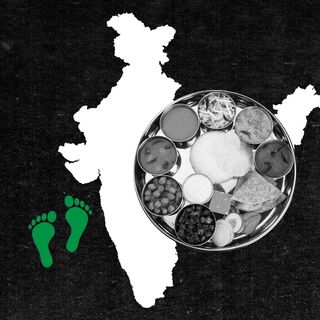The Beijing skyline was shrouded in an apocalyptic yellow-orange haze Monday, reducing visibility in the city to fewer than 500 meters in some places and looking “like the end of the world,” according to a 25-year-old resident who witnessed it first-hand.
The yellow-orange haze is being attributed to a sandstorm that swept across northern China from northern Mongolia. Beijing is prone to sandstorms during March and April, due to its proximity to the Gobi desert. But the desert is expanding rapidly on account of climate change and deforestation.
But yesterday, the city experienced its biggest sandstorm in a decade, despite having invested billions of dollars in building a natural barrier to shield itself from such phenomena by intensive tree-replanting in deforested areas. Touted as the ‘great green wall,’ the trees were meant to slow desertification, as well as filter particles from the air, thus limiting the havoc dust-and-sandstorms could wreak.
However, these green belts were followed by a recent lack of precipitation, which made the ground extremely dry, and by extension, the sandstorm extremely fierce, according to local environmentalists.
Related on The Swaddle:
Climate Change Could End Human Civilization by 2050
“If there is less moisture, more dust will be scraped up. Since the sandstorm is blown from a high altitude, the general windbreak tree belts won’t be very effective, so it has been blown over … very quickly,” Pan Xiaochuan, an environmentalist from Beijing, explained.
The country’s air quality monitoring agency, Aqicn, recorded in the city off-the-chart, hazardous pollution levels, nearly 20 times the World Health Organization’s (WHO) recommended daily maximum exposure. Pollution comprised high levels of both PM 10 large particulate matter, as well as PM 2.5 particles, which seep deep into human lungs and cause respiratory illnesses.
With the health of its population under threat, the government ordered schools in the city to cancel outdoor activities and urged residents suffering from respiratory diseases to stay indoors. In addition, about one-fifth of all outbound and incoming flights were also canceled.
Blaming the haze on extreme weather conditions, which have grown more frequent due to climate change, and desertification, Li Shuo, senior climate policy officer at Greenpeace East Asia, tweeted: “It’s hard to claim we are moving forward when you can’t see what’s in front.”




